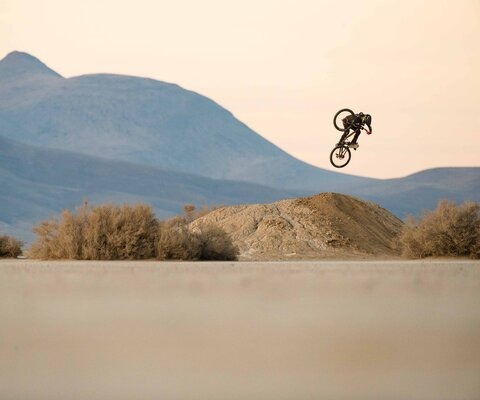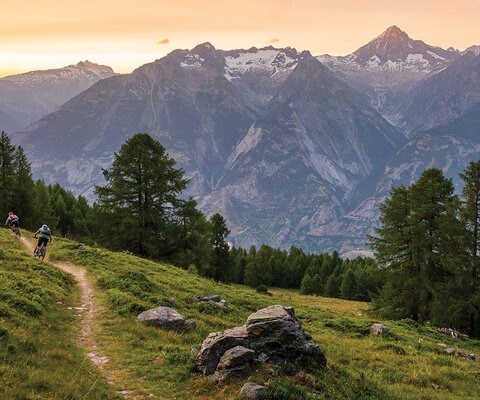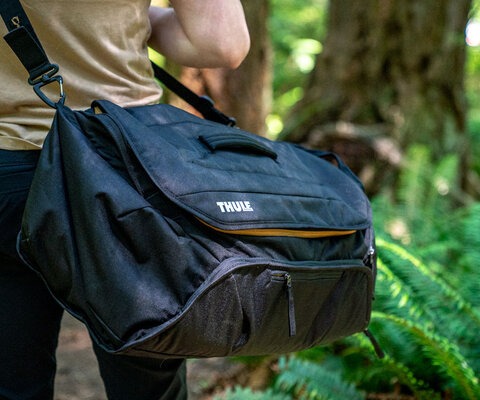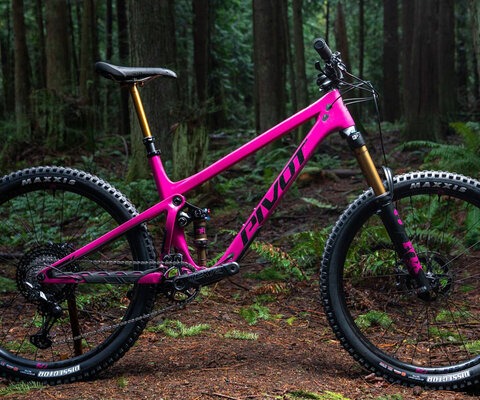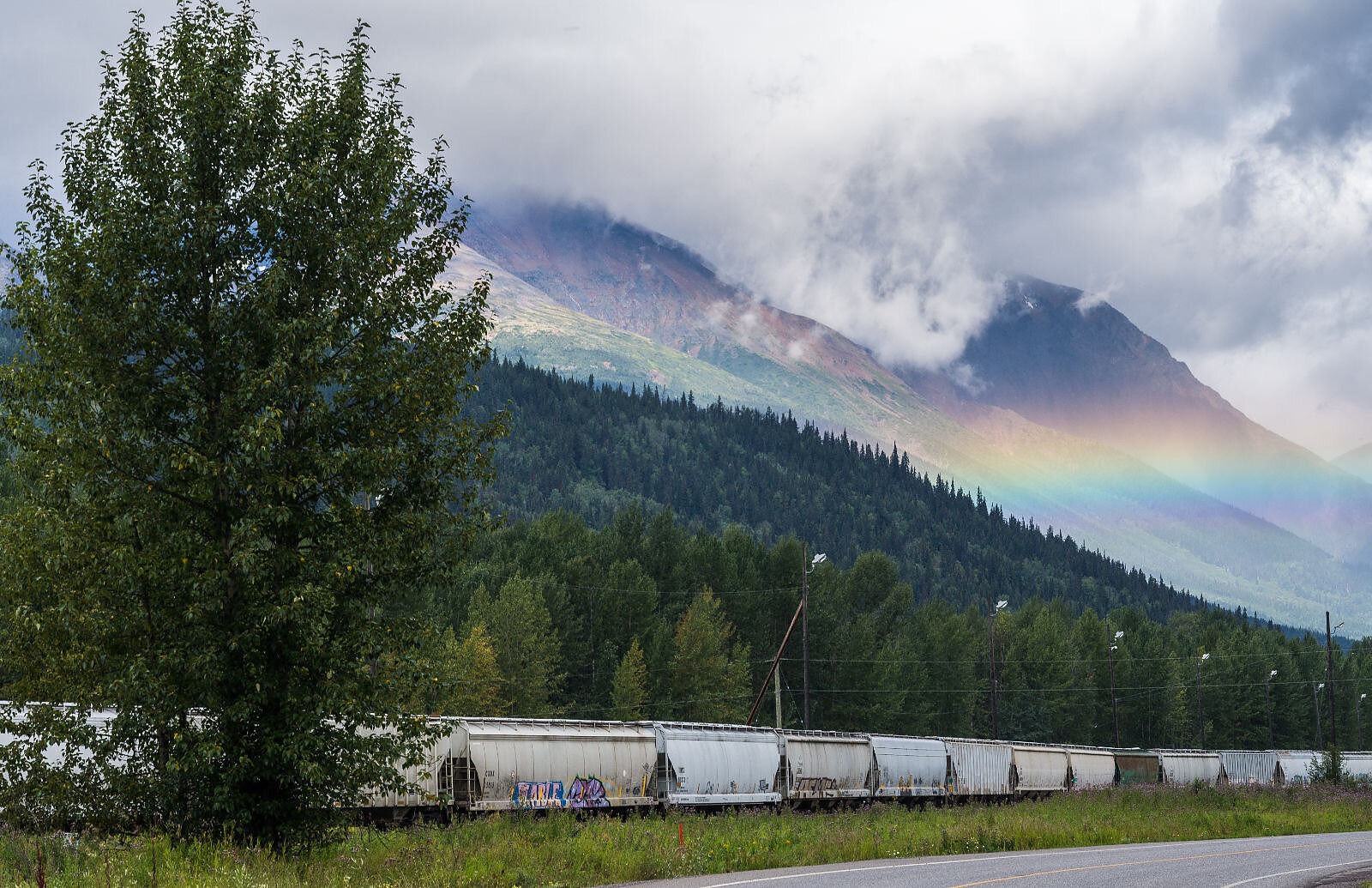
The Northern Way Hard Work & Hospitality in Smithers Transformed by Trails
Words by Will Cadham
Smithers, British Columbia was founded in 1913 as a stopover and maintenance point along the Canadian National Railway between the northern port town of Prince Rupert and the industrial hub of Prince George.
But human settlement in the area long predates the town, as the Wet'suwet'en people have lived in the Bulkley Valley (known traditionally as Widzin Kwah) for thousands of years. Today, Smithers, which is a 750-mile drive north from Vancouver, boasts a population of nearly 6,000 people.
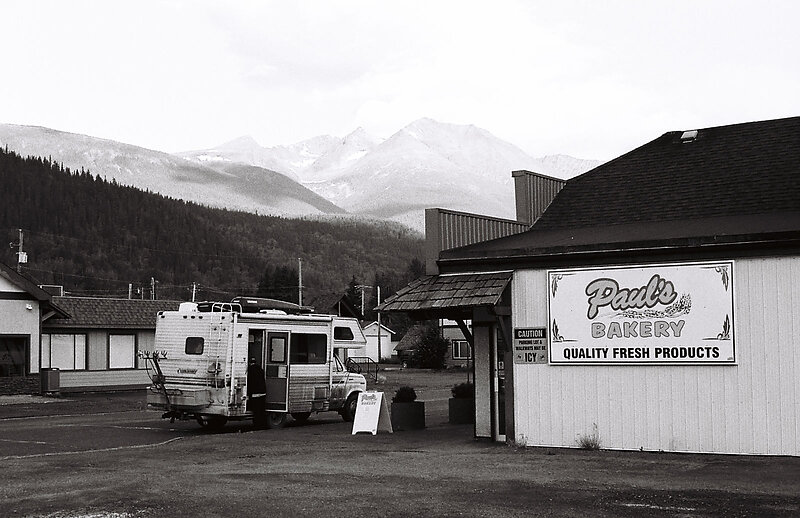
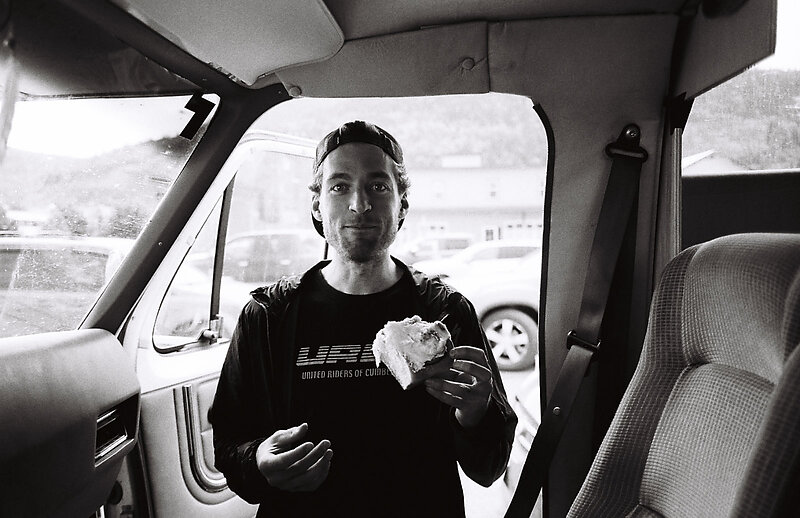

After 15 hours of driving, Smithers is a welcome change from the rougher towns along the infamous Highway 16 (also known as “The Highway of Tears”) in northern B.C. There is a distinctly positive energy in town (maybe it was the caffeine high from Bugwood’s coffee or the sugar rush from Paul’s Bakery donuts) and everyone Mark Taylor and I interacted with was tremendously friendly, outgoing and welcoming to two obvious out-of-towners.
The buildings along Main Street appear to have been pulled out of a centuries-old village in the Swiss Alps, and the strong contingent of Dutch residents adds to the European feel. Perhaps it was this combination of friendly and foreign that lulled us into forgetting, if only for a second, that we were in the throes of a global pandemic.
Unlike many other North American rural towns that have adopted and promoted riding as part of their identity, Smithers and mountain biking are not synonymous. The community’s modest network is often overlooked, or simply considered a convenient stopover between the blue-flow mecca of Burns Lake to the south and the extensively Instagrammed moss-lined trails of Terrace to the north. And it seems that the quality of the trails here are an inadvertently well-kept secret.
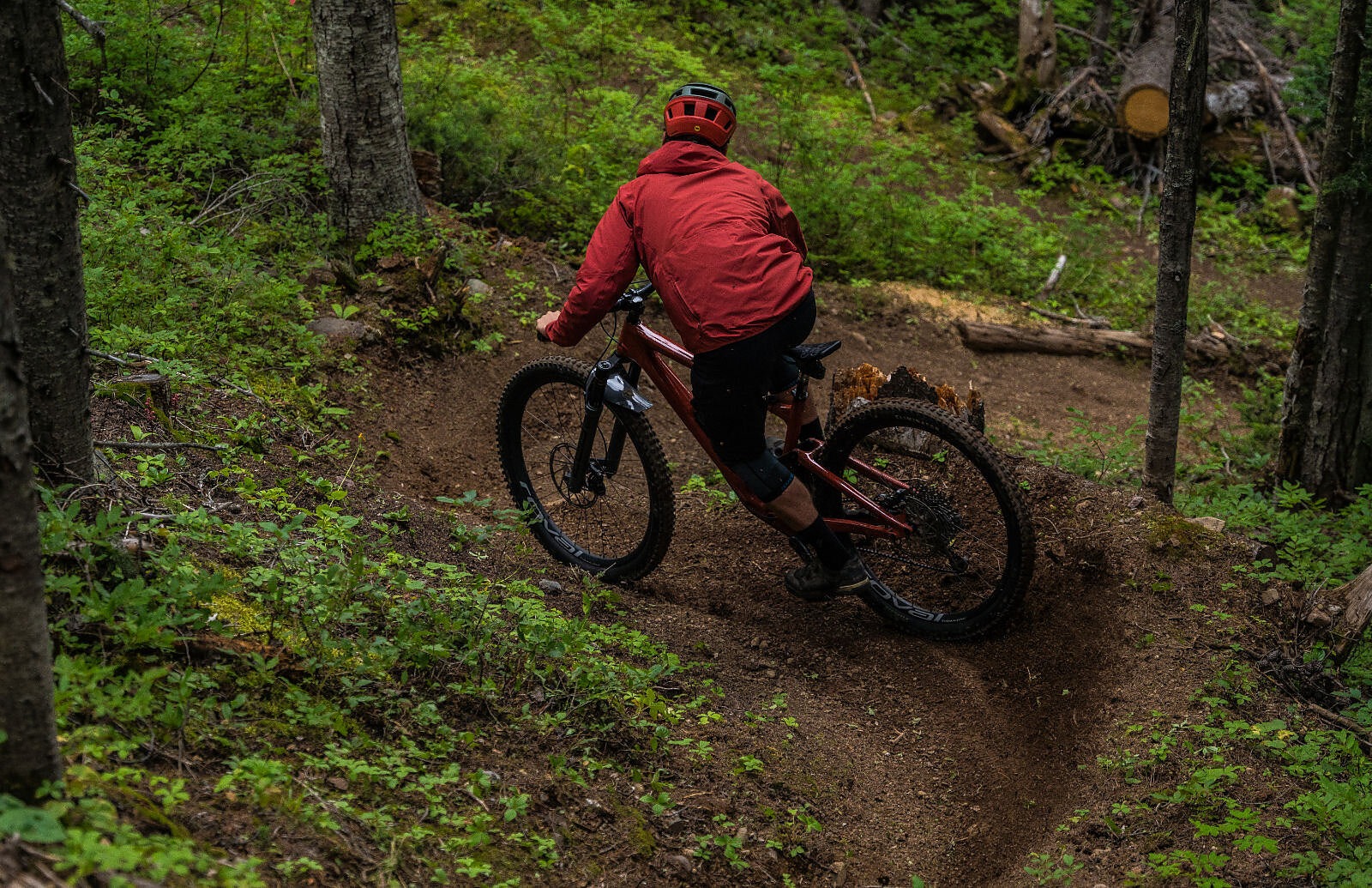
Smithers has a relatively long history of mountain biking that dates back nearly 30 years with the construction of Deep Bluff in the early 1990s. When something persists in a small town for so long it becomes ingrained in the fabric of the greater community. Much in the way a hockey arena, skatepark or ski hill provides valuable recreation assets for families, mountain bike trails play a key part of that role in Smithers. It’s this “for the community” mantra that defines the scene in Smithers and sets it apart from many other destinations in the province.

The Smithers mountain bike scene is at an exciting point in its maturation. With Brian Shorter, Dave Percy, Dave Bob, Brad Martin and others from the old guard still active in the community, there is an opportunity for the transfer of knowledge to a younger, energetic group. This is a story new and old: Of one person’s tremendous dedication to trailbuilding and a young and growing community’s recognition of a “for the community” ethos.
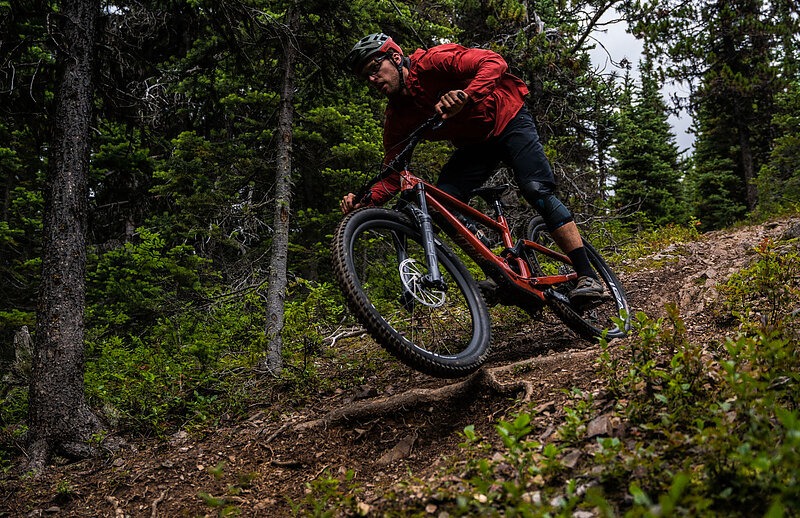
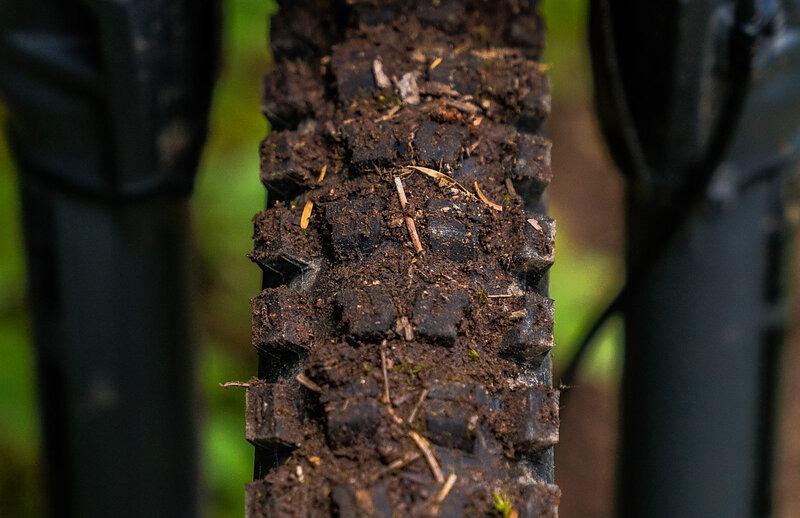
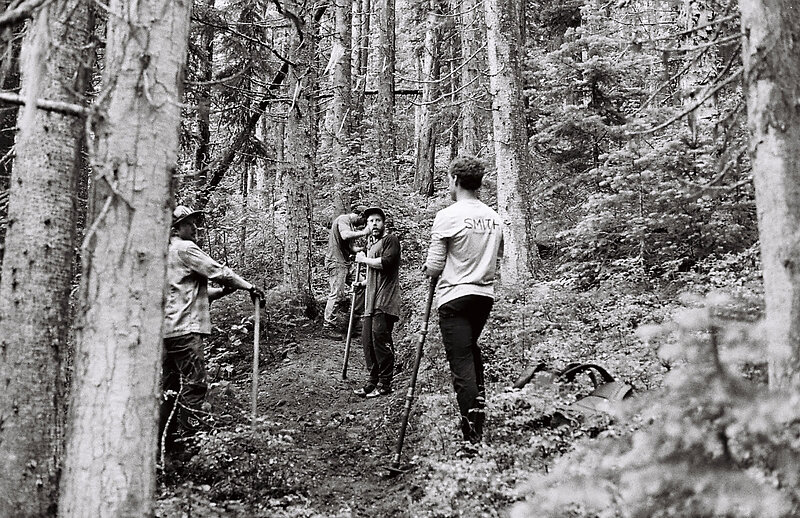
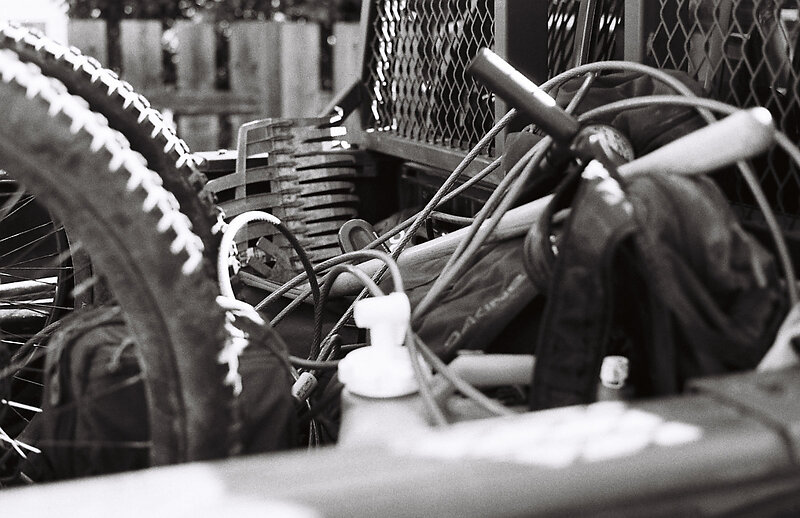
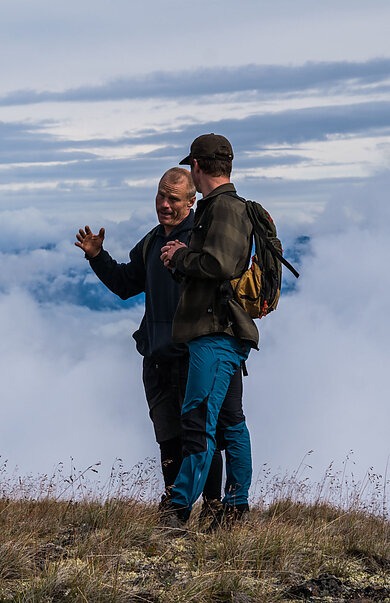
The growth of Smithers’ mountain bike scene can be traced back to a few key individuals, but one man’s efforts sit head and shoulders above the rest. Brian Shorter is widely regarded as the man behind mountain biking in town and his sacrifice, dedication and vision for trailbuilding in the area has earned the respect of his peers and the next generation of Smithereen mountain bikers. His humility and reserved demeanor would never lead you to know how hard he has worked for his community. Lucky for Smithers, Shorter is still deeply involved with the local mountain bike scene and continues to dream about its future.
Shorter was born and raised in Smithers. In his youth, his work as an exploration diamond driller probing ore deposits took him all over the world, and he has wild stories from some of the most remote regions of the globe. After several decades of hard work, he was able to retire relatively young, but the labor had taken a tremendous toll on his body. Several years ago, he was temporarily paralyzed due to severe arthritis in his spine, and he sought out an experimental stem-cell therapy to help with his recovery. Wildly enough, a separate shoulder injury rendered his left arm largely inoperable and nearly required amputation. Despite the odds, Shorter’s strong will and perseverance propelled him to another successful recovery. Upon meeting him, it would be difficult to peg him as a man who has overcome two debilitating injuries. He is incredibly fit and could easily be taken for someone 10 years younger.
Despite his life-threatening injuries, Shorter’s dedication to trailbuilding and maintenance has remained strong for decades. If anything, his time recovering fueled his motivation, affording him the opportunity to envision new ways to improve trailbuilding techniques, refine tools and even heavily modify a motorcycle to haul tools and explore deeper swathes of forest around Smithers.

“There really isn’t anywhere Shorter hasn’t been,” says Tanner Elliott, part of the younger generation of trailbuilders in Smithers. “Every old forest or mining access, every south-facing slope, he has scoped them all. He’s basically spent a lifetime wandering this valley with biking in the forefront of his mind.”
Shorter’s workshop has all the hallmarks of a master tinkerer, or an obsessive-compulsive genius. The few moments of silence we experienced in Shorter’s presence were broken with hyper-specific questions about trails, building techniques or tools, making it abundantly apparent that his mind is often consumed by these topics.
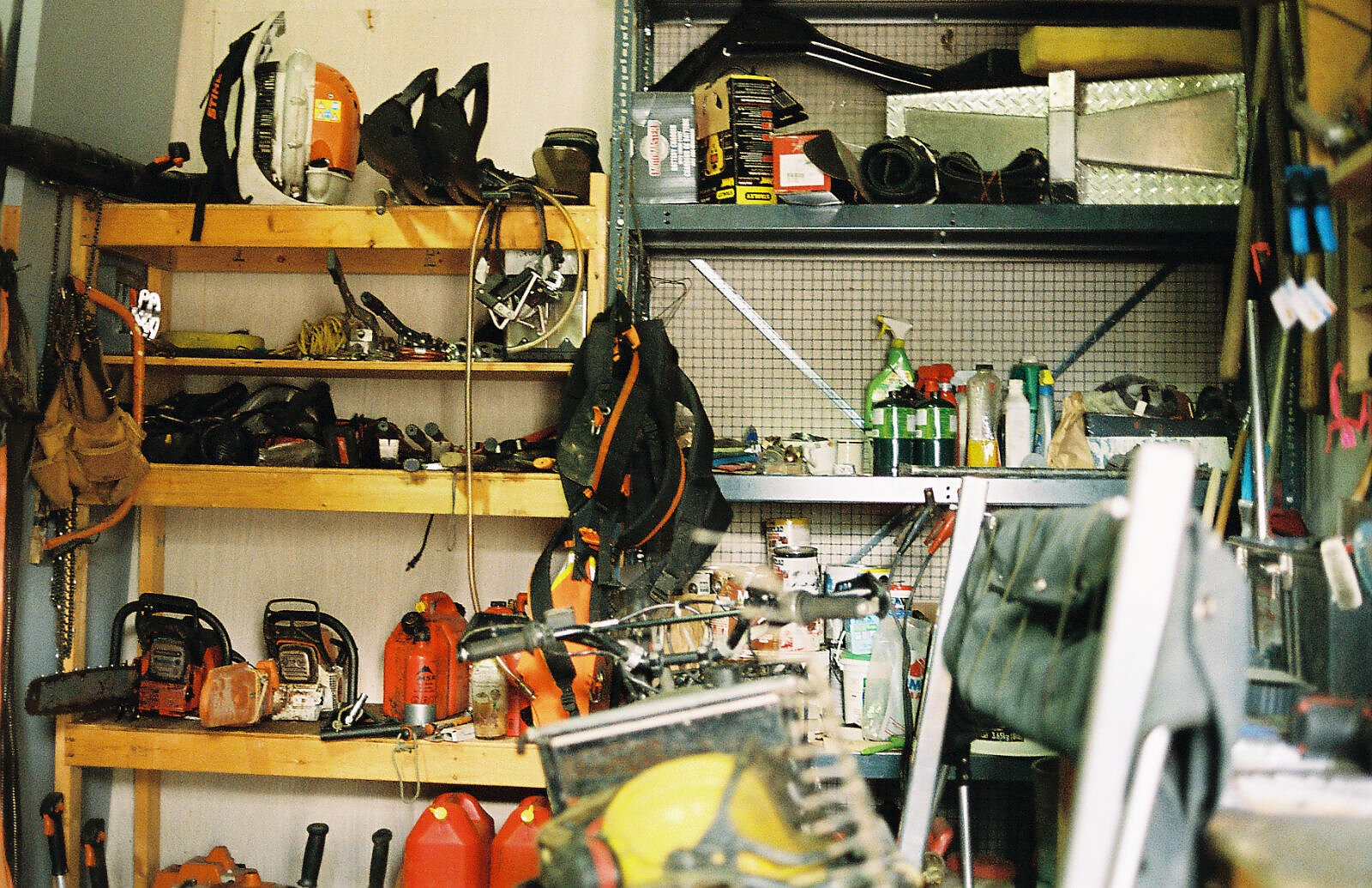
With such a high level of dedication comes big dreams. Shorter is far along in the process of planning and permitting for his magnum opus, which would be Smithers’ answer to Whistler’s Lord of the Squirrels. The 30-odd-mile stretch of singletrack would start at the end of Main Street and climb to an alpine lake before circumnavigating Hudson Bay Mountain (HBM), the prominent peak seen from town. It would then reward riders with a truly epic descent back to downtown Smithers.
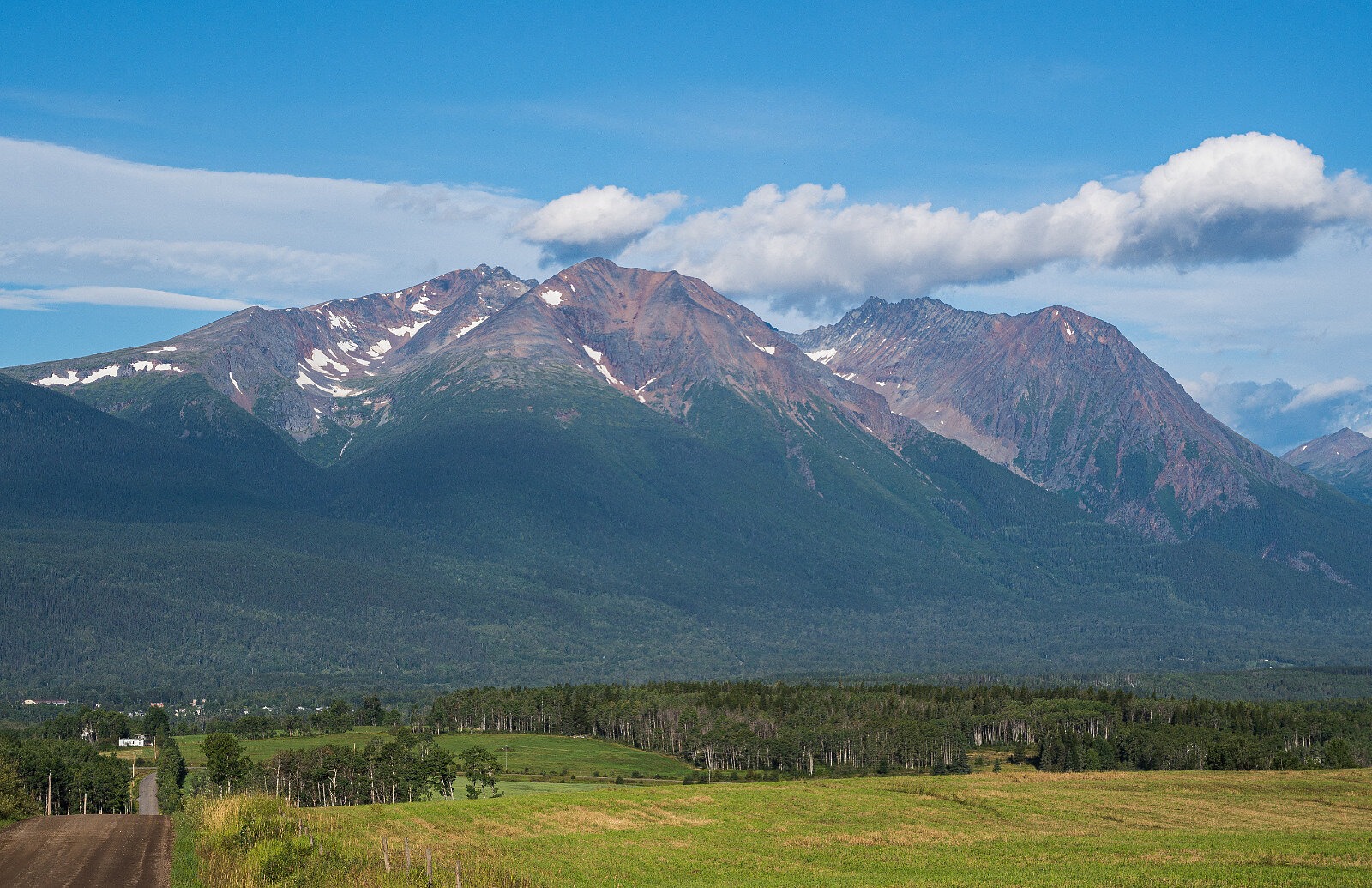
In addition to the stunning scenery and incredible trail, Shorter plans to include an educational component, sharing the history of the Bulkley Valley with riders as they use ancient First Nations hunting trails and pass through the remains of gold mining camps. Not only have Shorter and others such as Dave Percy volunteered countless hours scouting the woods for suitable lines, Shorter has largely taken it upon himself to fundraise or even self-fund the planning, permitting and environmental assessments required to build the trail. He estimates that he’s volunteered 900 hours during the planning and consultation process.

Instead of contracting the whole project to an out-of-town trailbuilding company, Shorter’s vision is to hire an experienced trail lead to oversee the project and then invest in a local labor force. This would provide an opportunity to professionally train a crew of local builders who could then be employed in perpetuity to maintain this and other trails in the network. A secondary benefit to the HBM Trail is that it will unlock access to a host of prime, currently inaccessible, trailbuilding terrain. Two of the next generation of Smithers’ riders/trailbuilders, Tanner Elliott (also known as “Tan”) and Michael Henderson (also known as “Mikey”), are excited by this. Having lived and traveled around much of the province to ride, Tan and Mikey have both recently moved back to Smithers to build their adult lives in town. Compounding their excitement over the addition of the HBM Trail is the promise the surrounding terrain offers for more trails that would add variety to the town’s existing trails. They are so enthusiastic about these prospects that they spent the better part of a morning leading us down forest service roads and hiking through the bush to scope lines and show us their own dreams for the future of mountain biking in Smithers.

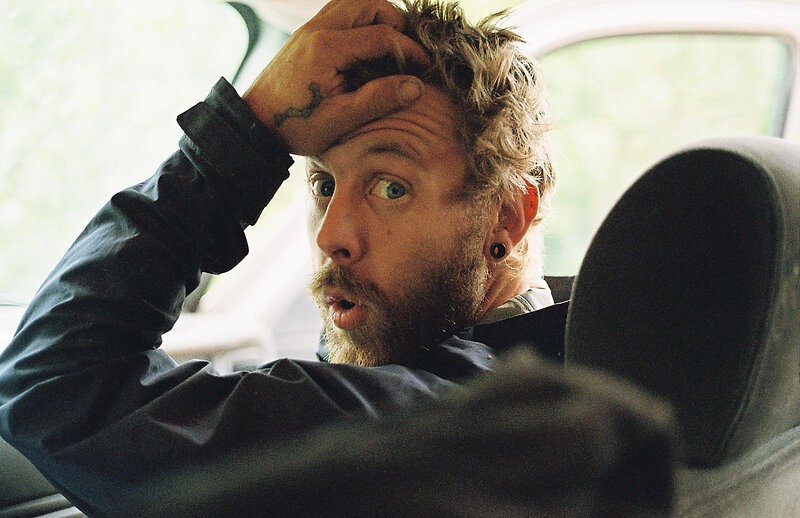
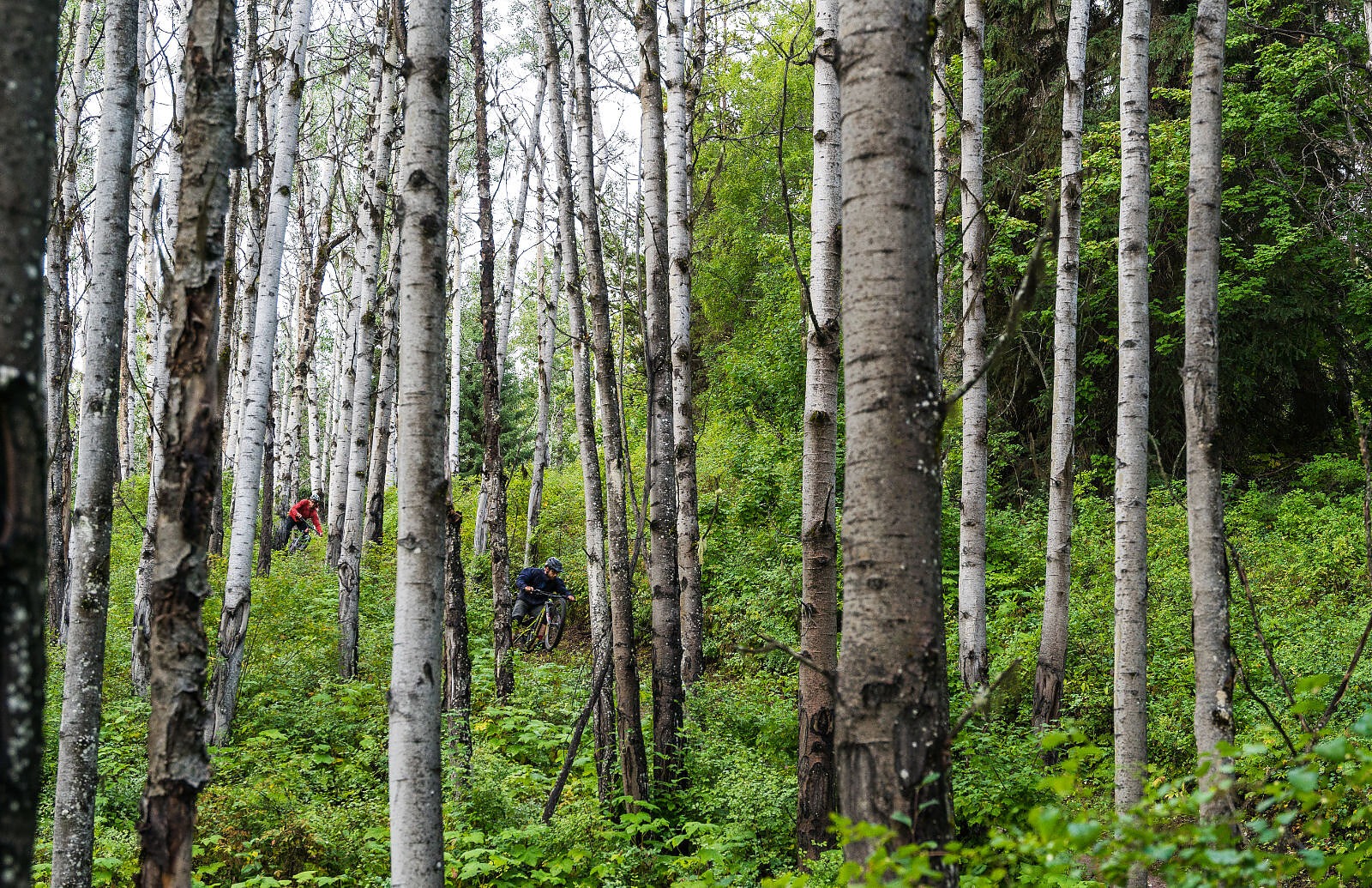
Tan and Mikey, along with some of the other young bloods in town, including Wolfgang Protzner, Nick Adamson and Jeff Mackay, make up the positive force behind Smithers’ mountain bike resurgence. Young and overflowing with energy, these guys help to bring a contemporary flair to the trail scene, drawing from their riding experiences elsewhere in the province, as well as from content they are devouring online. This modernization goes beyond the actual trails and how they ride, but trickles into the Smithers Mountain Bike Association (SMBA), how the club engages with its members and the style of events it hosts.

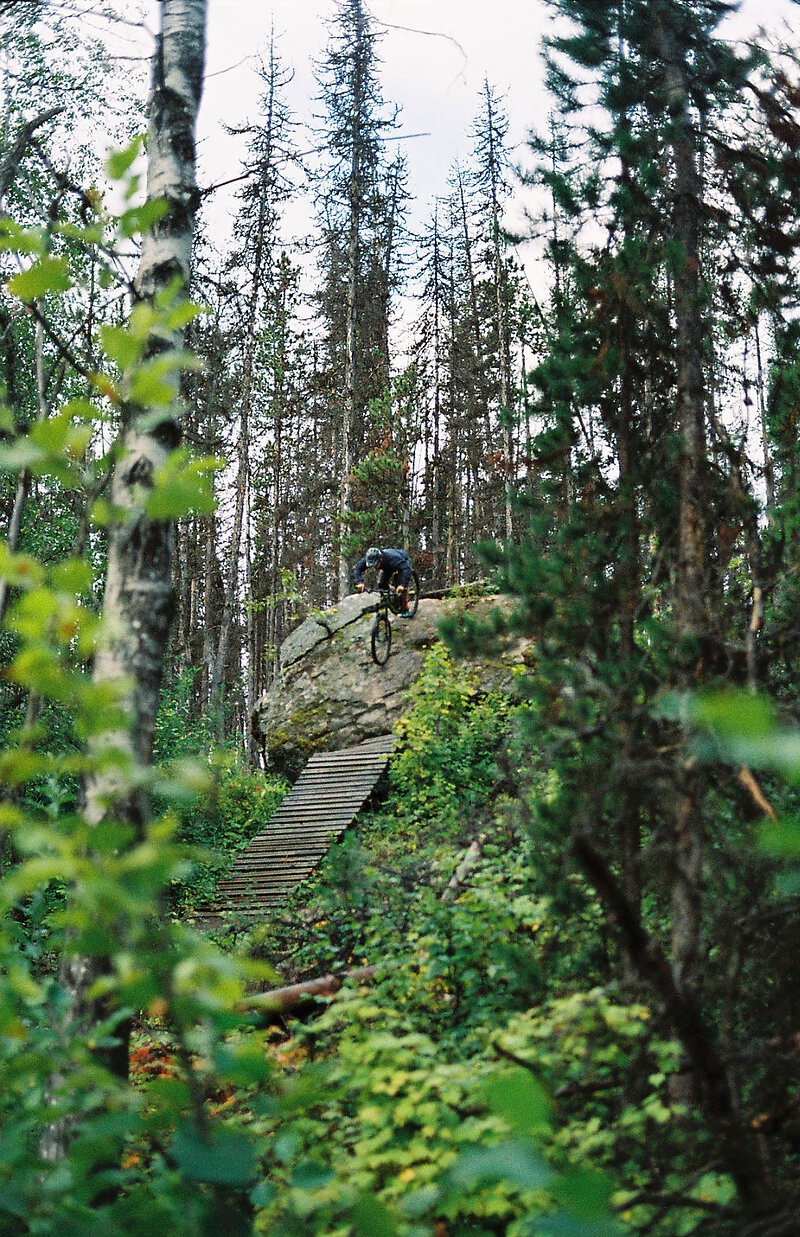
Mark and I attended one of the eight summer Workbee events during our visit in July of 2020 and were astounded to see 39 other participants turn out to bust their butts for two hours of trail work. The SMBA averaged 30 attendants per Workbee over the course of the summer, splitting up into two different work parties to allow for social distancing. That figure is on par with the average trail-day turnouts of more populous areas like Squamish or Whistler. It becomes even more compelling when you consider that the SMBA has 300 members, compared to Squamish’s 2000-odd members. This comparatively high trail-day engagement from members further speaks to the sense of pride and ownership that Smithereens have over their trails.
A novel component of the SMBA Workbees is the focus that’s put on education. With help from experienced builders like Percy and Shorter, the SMBA is able to teach its members how to identify trail work that needs to be done and instruct them on the proper techniques to address each situation. Percy says this builds a more engaged riding community that notices and appreciates when a trail is running well, or that can identify when it needs work. This means SMBA members are more likely to notice when fresh trail work has been completed, and thus have a better appreciation for the work the club is doing on the trails they ride. This education provides the SMBA with more eyes looking out for trail work, and the club encourages members to provide trail reports to facilitate the cataloging of work to come.
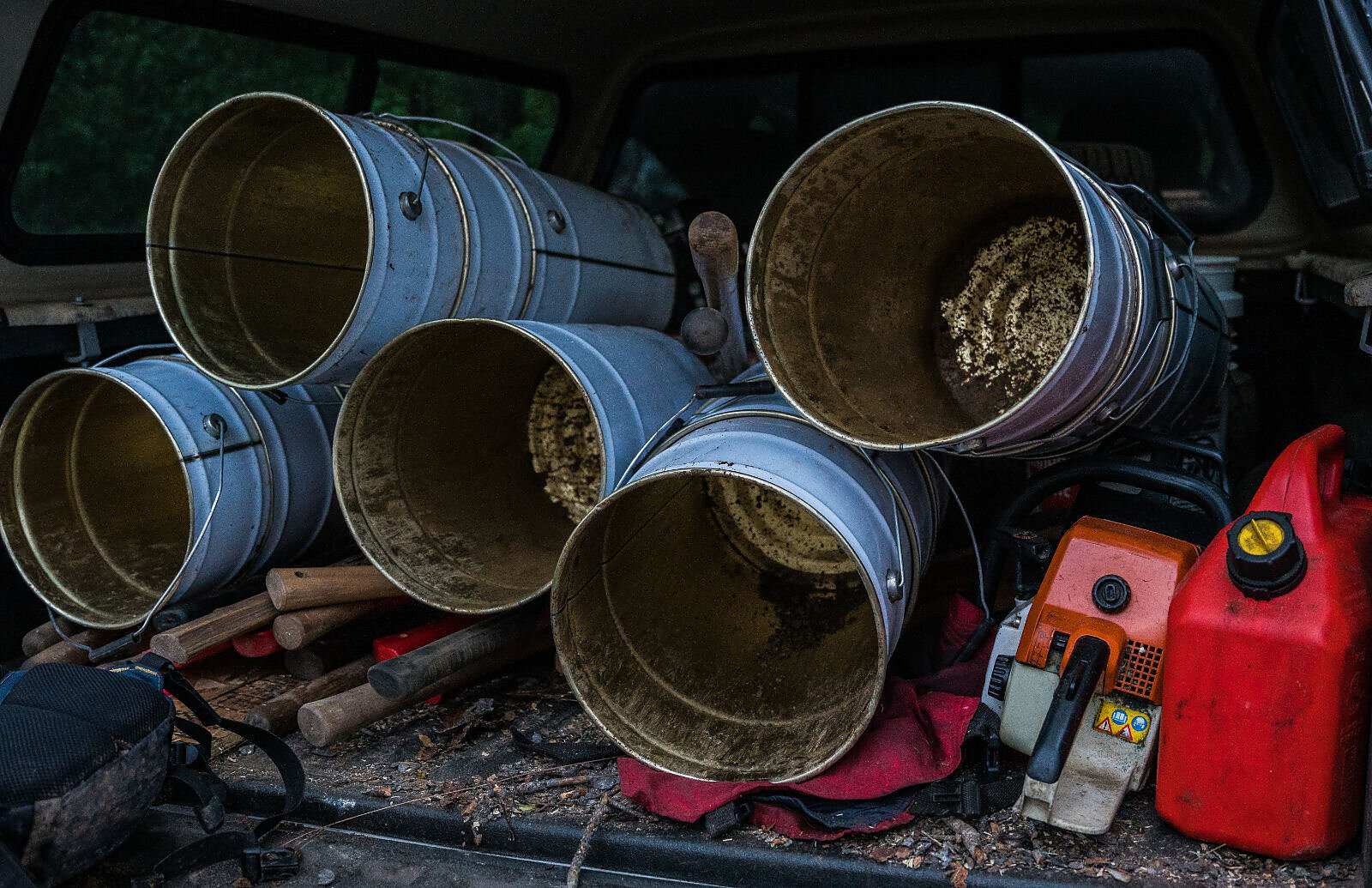

It was refreshing to visit Smithers, a community in which mountain biking has a rich history, but where its value as a tourism asset is low on the priority list. The community focused approach started by the old guard, and now fostered by the SMBA, has successfully created an engaged and excited group of members. As a result, the trail network is treated as a community asset—something that will enrich the quality of life for residents and encourage new people to move to the community. It’s this strong foundation that, if cherished and cultivated, will bring continued success for the future of mountain biking in the region through sustainable growth and development.
With the SMBA still very much in its infancy, it is in a position to learn from the mistakes of other groups. As larger, more established trail associations struggle to maintain their existing infrastructure, they also pour money into the development of “tourism assets,” bringing more trail traffic to their networks and further exacerbating maintenance issues. If the SMBA can continue to grow while actively educating its membership to recognize and understand trail degradation and maintenance practices and techniques, it will continue to develop a strong, engaged trail culture.
Thank you to Brian, Dave, Nick, Mikey, Danika and Tan for the warm, welcoming northern hospitality. You folks are harboring something truly special, and Mark and I feel fortunate to have experienced it with such a great group of hosts. We look forward to our next visit.
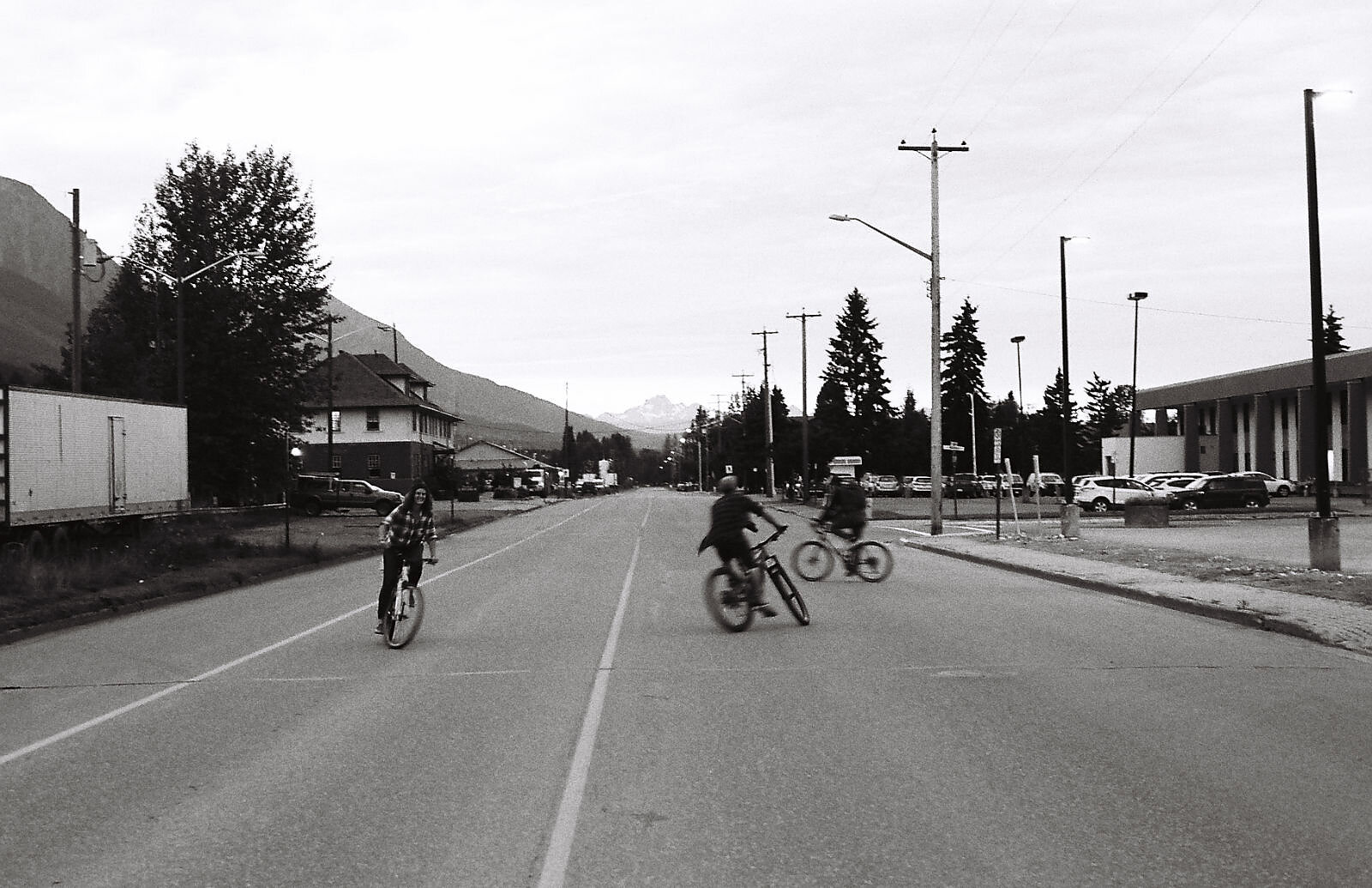
Mark Taylor and I want to send a special thank you to all our sponsors for their continued support through these wild and uncertain times. The trail work we completed in 2020 and the stories in this series wouldn’t have been possible without their trust and commitment to the Free Radicals and the common goals we are working toward. Thank you Fanie Kok, Steve Saletnik and Allan Cooke of Specialized, Jon Raymer at SMITH, Tyler Weady at Fat Tire, Mal Burd and Sarah Rawley of RockShox, Julian Hine at Chromag, Elliott Milner and Jimmy Hopper at Patagonia, Dan Seguin and Callum Rostron at RideWrap, Brandon Watts, Brice Minnigh, Chris Grundberg and the whole crew at Freehub, and last but not least, Martin Littlejohn at Mountain Biking BC. Thank you for helping to keep the dream alive!
